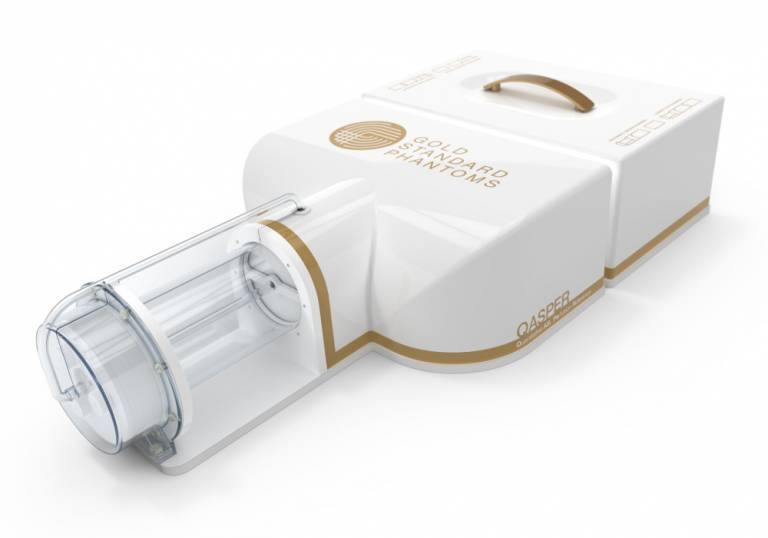Brain scanning technique transforms care for neurological diseases
UCL research has led to the widespread adoption of arterial spin labelling (ASL) in the diagnosis and monitoring of debilitating neurological diseases, also helping to accelerate drug discovery.

28 April 2022
Arterial Spin Labelling (ASL) is a non-invasive MRI technique that measures blood flow within the brain. Developed in the 1990s, it can be used to detect early signs of dementia, stroke and multiple sclerosis and can be used to monitor disease progression.
ASL can also distinguish between a progressive tumour and brain changes due to post-surgery radiation and identify areas of aggressive, high-grade tumour.
However, despite its effectiveness, for many years ASL was not endorsed as standard-of-care for clinical use.
Testing and validating ASL techniques
Professor Xavier Golay (UCL Queen Square Institute of Neurology), an expert in brain perfusion and MRI scanning, recognised ASL’s advantages as a non-invasive and sensitive technology for identifying neurological disorders that could be added to an existing MRI scan at little extra cost.
To standardise ASL’s use in clinical settings, Professor Golay led a pan-European collaborative network to test and validate ASL techniques in clinical trials and identify which were most suitable for these applications. The Arterial Spin Labelling In Dementia (AID) programme also developed automated image processing software to enhance reproducibility and develop the technique as a quantitative tool to help with disease staging and monitoring.
Based on its findings, the network published a ‘White Paper’ with a set of recommendations for standardised ASL. The White Paper was subsequently endorsed by 245 scientists and the American Society of Neuroradiology and American Society of Functional Neuroradiology.
Industry adoption and accelerating drug discovery
The recommendations changed the MRI industry’s approach to ASL, with the four major manufacturers of MRI sales worldwide (Siemens Healthineers, GE Healthcare, Philips Healthcare, Canon Medical Systems) aligning their products to the harmonised guidelines and updated software. Sales of equipment and software increased dramatically with almost half of new clinical MRI scanners equipped with the ASL functionality.
In some settings ASL is now used in over 90% of routine brain MRI protocols, compared to less than 5% before 2015, and the number of clinical trials using the technique has doubled in five years to 30 per year.
The standardised ASL approach is reducing costs and simplifying the clinical workflow in routine clinical brain imaging and improving diagnosis and treatment. It has also provided a novel tool for clinical trials, accelerating the search for effective medicines to treat diseases including dementia.
Professor Golay’s research also resulted in a spin-out company – Gold Standard Phantoms – that sells products called phantoms which are used calibrate the ASL technology, among others. Gold Standard Phantoms has customers in all over the world, from Australia, through USA, Europe, and Asia (Singapore and China).
Research synopsis
Transforming the use of Arterial Spin labelling to measure blood flow in the brain in patient care and clinical trials
Arterial Spin Labelling (ASL) is a non-invasive MRI technique that measures blood flow within the brain. It is used to detect debilitating neurological diseases. Research at UCL has produced evidence-based, harmonised usage guidelines that mean this safe, cost-effective technique is now extensively used in clinical settings, including clinical trials to test new medicines.
Links
- Professor Xavier Golay’s academic profile
- UCL Queen Square Institute of Neurology
- UCL Faculty of Brain Sciences
- UCL Faculty of Brain Sciences REF 2021
- Brain scanning technique transforms care for neurological diseases video
 Close
Close

